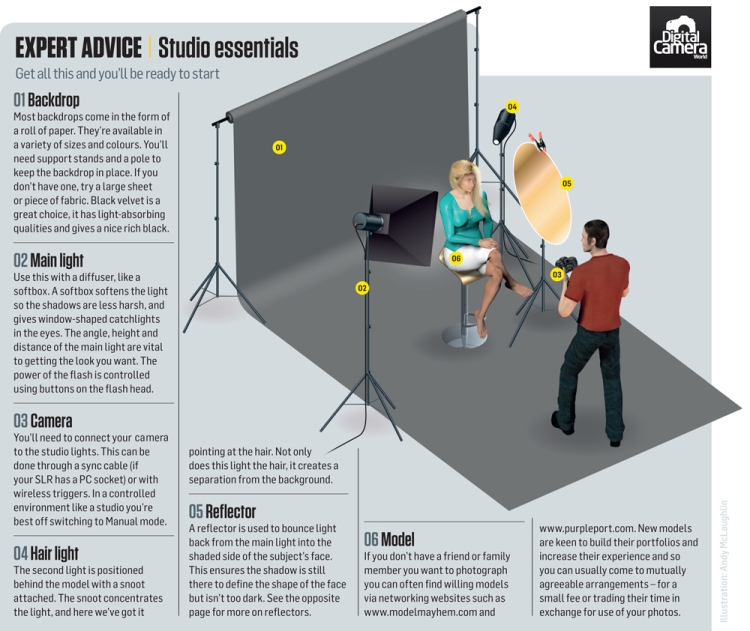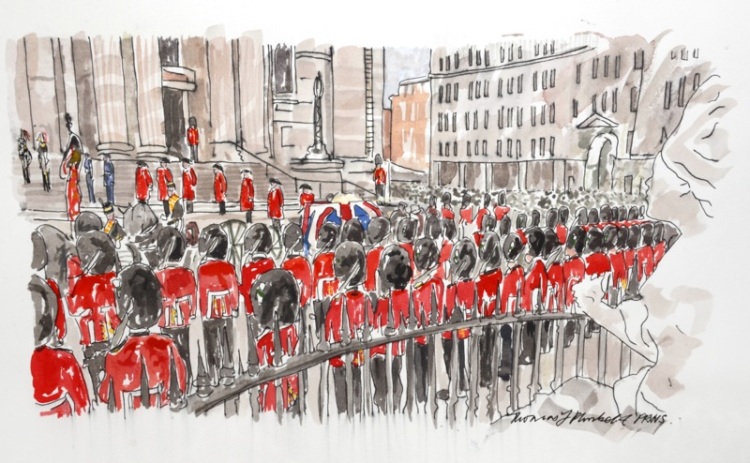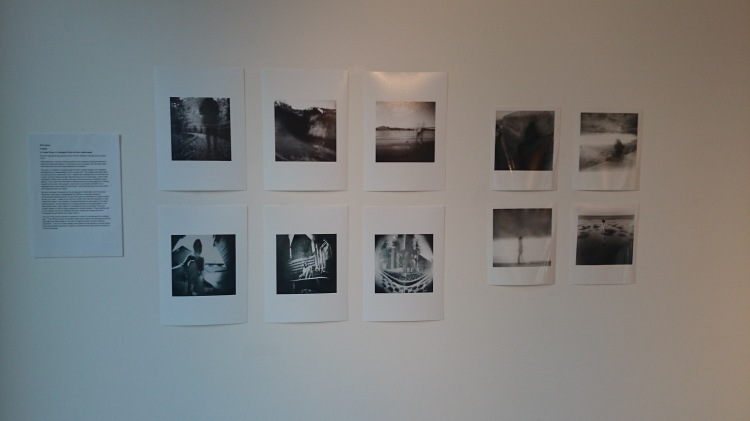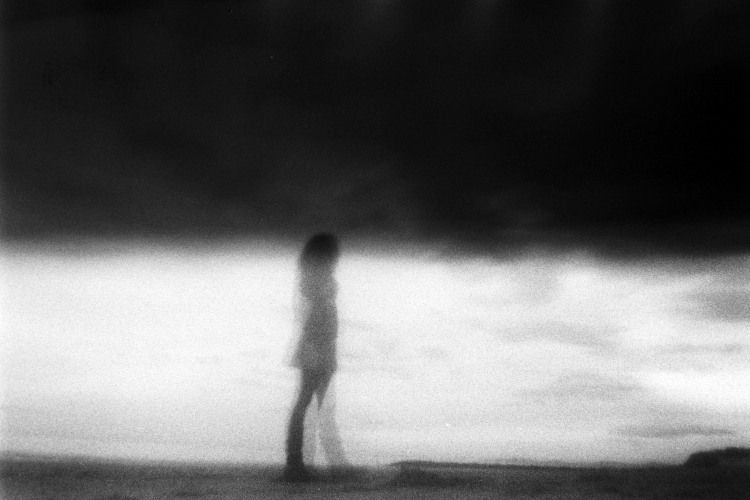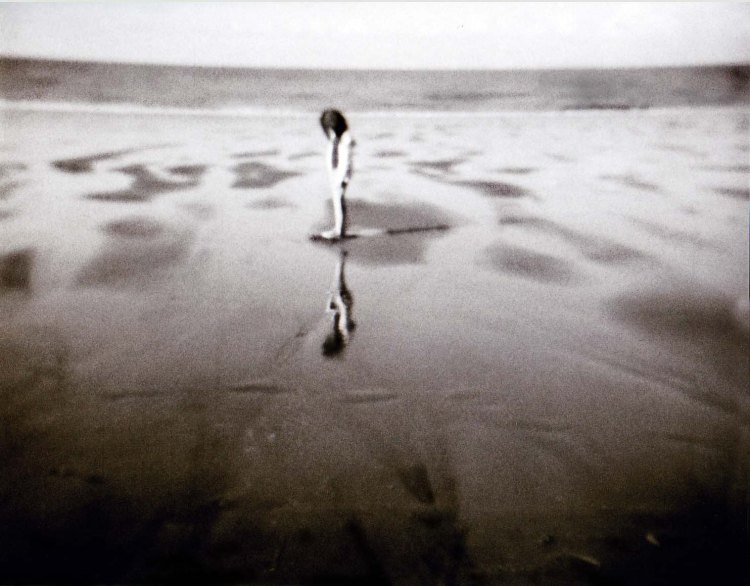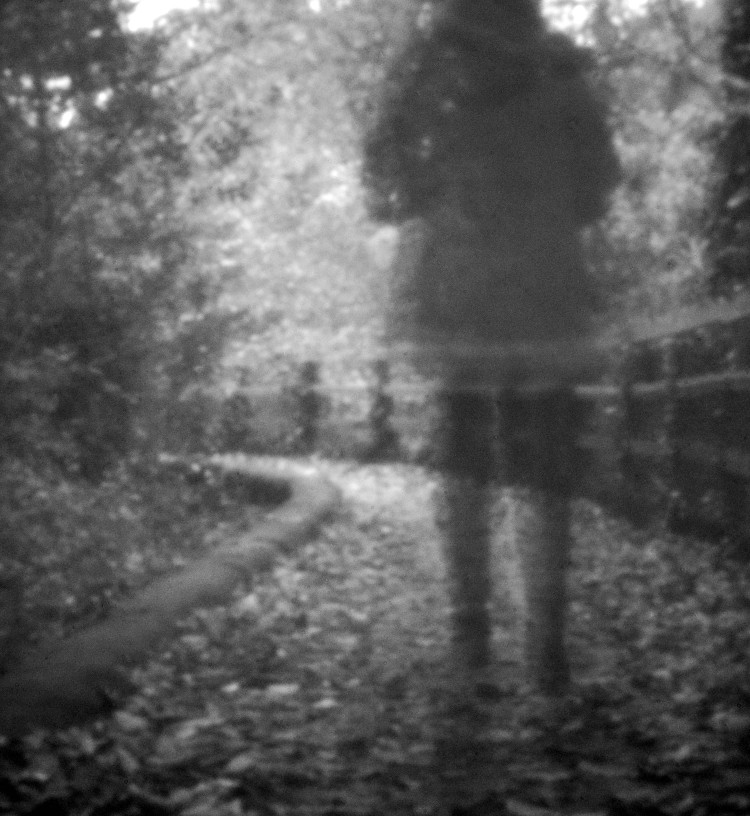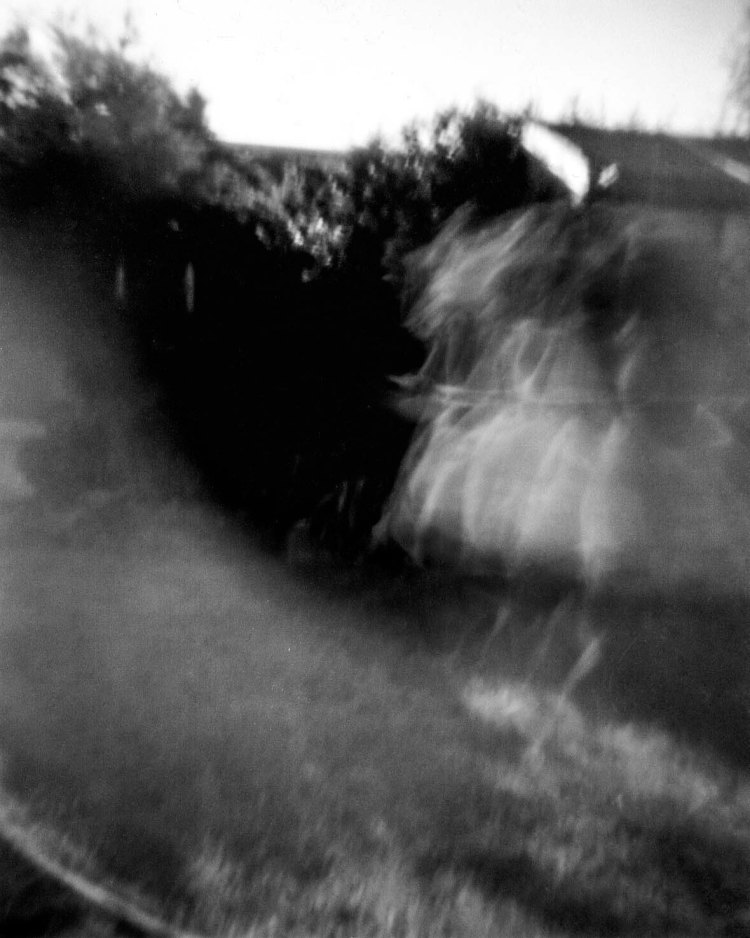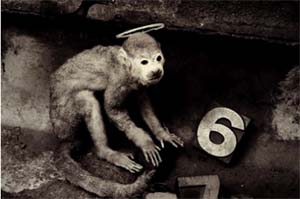Preparation for today’s group critique really helped me focus on which direction I was going to take my project in. I have enjoyed working through the experimental aspect of combining different media with my photographs, and whilst there are certain images that I feel work, a lot of this has been down to an element of chance.
I have made an effort to work in a more controlled way, in particular where I have cut squares out of the middle of an image and re-arranged them, this way not done in a random way, the squares were all numbered and replaced in a specific position which was predetermined prior to cutting. The work is beginning to take on a more personal narrative approach and I’m happy to continue down this route, this is possibly because I am now selecting the images that I am working with more carefully than I did at first. I have constantly changed my wall space, removing the pieces of work which I don’t feel work, leaving up those that do and adding new work. There are a few pieces which have remained up since the 1st few weeks.
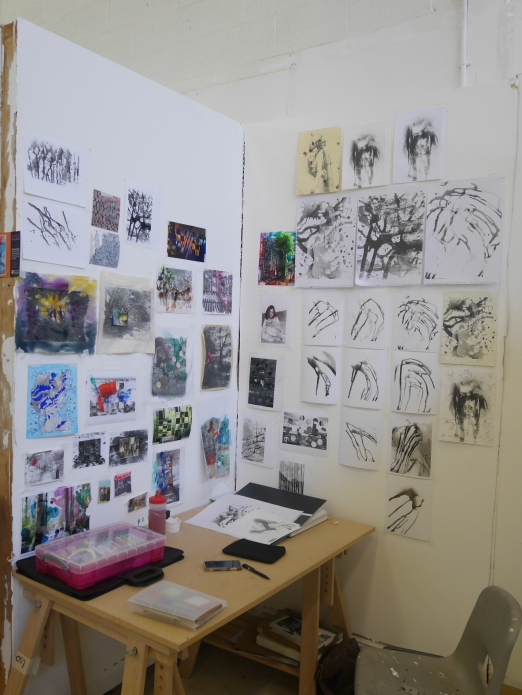
Studio Space at group critique
My most recent work has been painting or splashing the paper with developer in the darkroom, this then reveals only part of the image, whilst this method does have elements of chance to it, I have worked out a way of having slightly more control by very lightly developing the image, washing it, then using the fair image as a guideline to further expose specific areas. I have enjoyed this experimental way of working in the darkroom, I almost feel as though I have come a full circle as I am considering producing more work in this way. Things I need to consider would be how much of the image to reveal. Should it be obvious what the image is? At the moment I feel that from further away the work should be ambiguous, I want to attract the viewer’s attention, to draw them in to take a closer look. One of the main concerns raised was the fact that I had scanned an image and removed part of it in photoshop so that it was more of what I wanted, rather than stating, this is the process I used and this is the result I got. When this point was first raised I felt it wasn’t an issue to have done this, all my digital photography has some sort of image manipulation, the more I thought about it, I began to feel that I should possibly accept the process and the results and not adjust in photoshop.
From here, I intend to look through my negatives to see what other images I have which would work with this process, over the Christmas vacation, I intend to take some B&W images for using this process specifically. There are also a few other pieces of work which processes I don’t feel have yet been fully explored, these are where I have stated to combine old and new photos and stitch through them, and where the image is transferred onto fabric and then modified. I am also planning on working on a larger scale, I’m not sure how large I can go in the darkroom, this is something I will need to look into, failing that images could be scanned and printed digitally, but again I need to consider whether this is the best way of approaching work for this project.
The concept behind the work will continue exploring the idea of selection, of what we choose to reveal or conceal about ourselves and our lives, and the impression of creating two worlds within one image.
